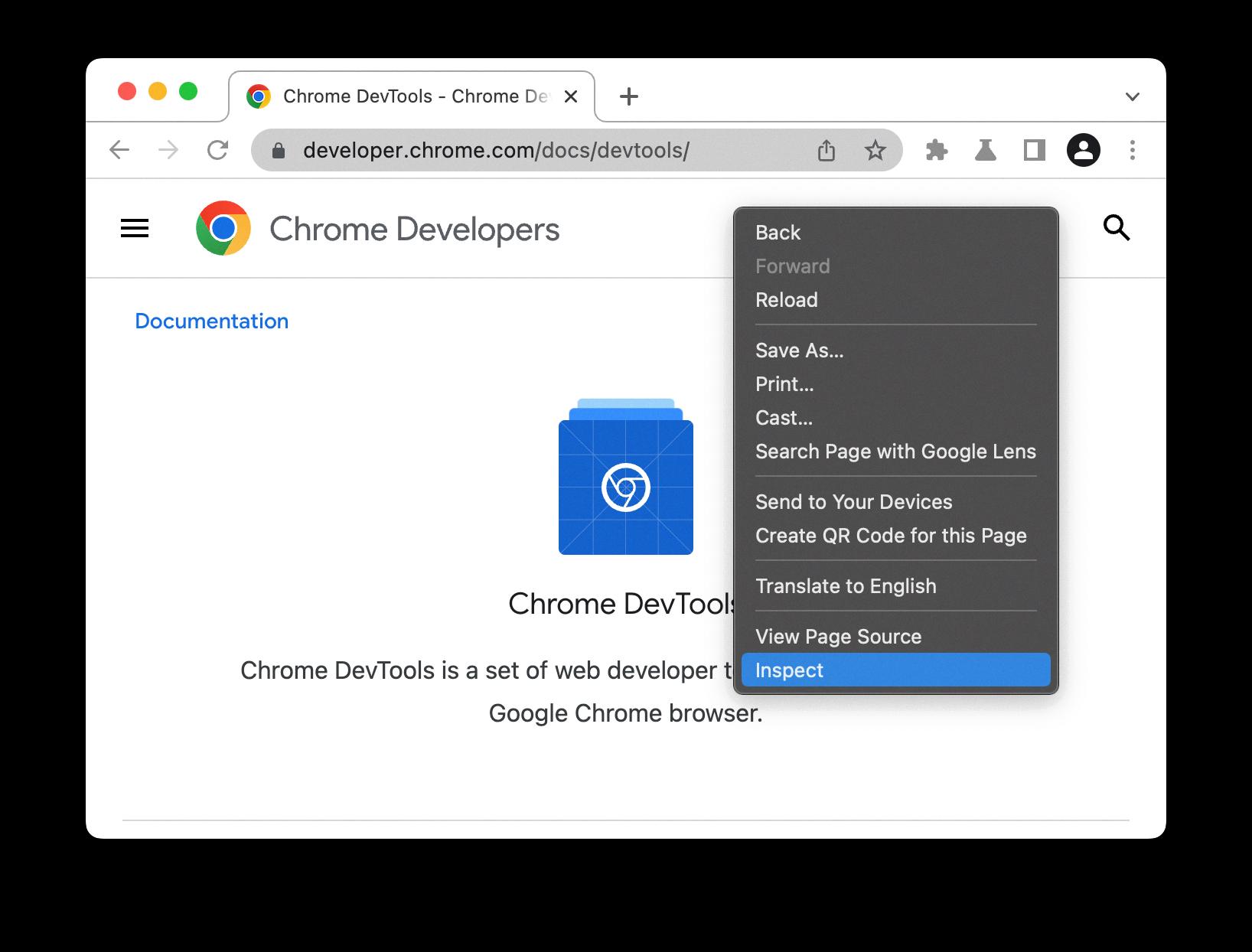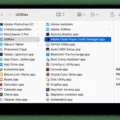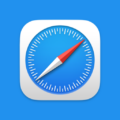Google Chrome is one of the most popular web browsers used by millions of people worldwide. However, there are times when Chrome may fail to open on your Mac, leaving you frustrated and unable to browse the internet. In this article, we will explore some possible solutions to this issue.
First and foremost, a simple restart of your Mac can often resolve the problem. It may sound too basic, but sometimes a simple reboot can clear any temporary glitches or conflicts that may be preventing Chrome from opening.
If restarting your Mac doesn’t solve the issue, the next step is to check if Chrome is running in the background. Sometimes, even if you can’t see the Chrome window, it may still be running in the background. To stop it, you can force quit Chrome by clicking on the Apple menu, selecting “Force Quit,” and then selecting Chrome from the list of running applications.
Another potential cause for Chrome not opening on your Mac could be malware. Running a malware check using a reliable antivirus software can help identify and remove any malicious files that may be interfering with Chrome’s functioning.
Running maintenance scripts on your Mac can also help resolve the issue. These scripts help optimize and repair various system components, potentially fixing any underlying problems that may be affecting Chrome. You can run maintenance scripts using a trusted utility software or by following the instructions provided by Apple for your specific macOS version.
If all else fails, you may consider reinstalling Chrome. Before doing so, it’s important to sync your Chrome profile to ensure all your preferences, bookmarks, and saved information are backed up. To do this, sign into your Google Chrome account. Once you’ve done that, you can remove Chrome from your Applications folder and then download and reinstall it from the official Google Chrome website.
In some cases, leftover files from a previous installation may be causing conflicts with the new installation. To clean up these remnants, you can use Terminal commands to remove any remaining Chrome-related files. Copy and paste the provided commands into Terminal, and then follow the prompts to delete the files.
After completing the cleanup process, you can proceed to download and reinstall Chrome. Once the installation is complete, you should be able to open Chrome on your Mac without any issues.
When Google Chrome fails to open on your Mac, it can be frustrating. However, by following the steps outlined in this article, such as restarting your Mac, stopping Chrome from running in the background, running a malware check, running maintenance scripts, and reinstalling Chrome, you should be able to resolve the problem and get back to browsing the internet smoothly.

How Do You Fix Google Chrome Not Opening On Your Mac?
To address the issue of Google Chrome not opening on your Mac, there are several steps you can take to troubleshoot and resolve the problem:
1. Restart your Mac: Start by restarting your Mac as it can often resolve minor software glitches or conflicts. This simple step can refresh your system and potentially fix the issue.
2. Stop Chrome from running in the background: Sometimes, Chrome may continue running in the background even if you close it. To stop this, go to the Apple menu, select “Force Quit,” and then select Chrome from the list of applications. Click “Force Quit” to close it completely. Now try reopening Chrome.
3. Run a malware check: Malware or viruses can interfere with Chrome’s functionality. Use a reliable antivirus software to scan your Mac for any potential malware or suspicious programs. Remove any threats detected and then try opening Chrome again.
4. Run maintenance scripts: Maintenance scripts help optimize your Mac’s performance. Use a utility like OnyX or CleanMyMac to run these scripts. They can help resolve issues with system files and permissions that may be causing Chrome to not open.
5. Reinstall Chrome: If the above steps don’t work, you can try reinstalling Chrome. First, uninstall Chrome by dragging its application icon to the Trash or using an uninstaller software. Then, download the latest version of Chrome from the official website and install it on your Mac. This process should replace any corrupted or missing files and fix the opening issue.
Note: Before reinstalling Chrome, make sure you have any important bookmarks or settings backed up, as the reinstallation process may reset them.
By following these steps, you should be able to resolve the issue of Google Chrome not opening on your Mac.

How Do You Restore Chrome On Your Mac?
To restore Chrome on your Mac, follow these step-by-step instructions:
1. Open Google Chrome on your Mac.
2. Click on the three vertical dots in the top right corner of the browser window. This will open a drop-down menu.
3. From the drop-down menu, select “Settings”. This will open the Chrome Settings page.
4. Scroll down to the bottom of the Settings page and click on the “Advanced” link. This will expand additional settings options.
5. Scroll down again until you see the “Reset and clean up” section.
6. Click on the “Restore settings to their original defaults” option. A pop-up window will appear.
7. In the pop-up window, click on the “Reset settings” button to confirm. Chrome will then start the process of restoring its default settings.
8. Once the process is complete, Chrome will open a new tab with a message confirming that the settings have been restored to their original defaults.
By following these steps, you will be able to restore Chrome on your Mac to its default settings.
How Do You Uninstall And Reinstall Chrome On Your Mac?
To uninstall Google Chrome from your Mac and then reinstall it, follow these steps:
1. Sync your profile: Sign into Google Chrome using your Google account. This will ensure that all your preferences, bookmarks, and other data are saved and can be restored later.
2. Remove Google Chrome: Open the Applications folder on your Mac and locate the Google Chrome app. Drag and drop it to the Trash or right-click and select Move to Trash. This will remove the Chrome application from your system.
3. Cleanup: Although you have removed the Chrome app, there may still be some leftover files on your Mac. To clean them up, open Terminal, which you can find in the Utilities folder within Applications. Copy and paste the following commands one by one, pressing Enter after each:
– `rm -rf ~/Library/Application\ Support/Google/Chrome`
– `rm -rf ~/Library/Caches/Google/Chrome`
– `rm -rf ~/Library/Preferences/com.google.Chrome.plist`
– `rm -rf ~/Library/Preferences/com.google.Chrome.helper.plist`
– `rm -rf ~/Library/Saved\ Application\ State/com.google.Chrome.savedState`
These commands will remove any remaining Chrome-related files and preferences from your user account.
4. Reinstall Chrome: After cleaning up the leftovers, you can proceed to reinstall Google Chrome on your Mac. Go to the official Chrome website (https://www.google.com/chrome/) and download the latest version of Chrome for Mac. Once downloaded, open the installer and follow the on-screen instructions to reinstall Chrome.
By following these steps, you will completely uninstall Google Chrome from your Mac, clean up any remaining files, and then reinstall Chrome with a fresh installation. This process should help resolve any issues you may be experiencing with Chrome on your Mac.
Conclusion
Google Chrome is a popular and widely used web browser that offers a range of features and functionality for Mac users. However, there may be instances when Chrome doesn’t open or experiences issues. In such cases, it is recommended to try restarting your Mac as a simple solution. If the problem persists, you can stop Chrome from running in the background, run a malware check, and perform maintenance scripts to ensure optimal performance. If these steps do not resolve the issue, reinstalling Chrome and resetting its settings to default can help. It is important to sync your profile before removing Chrome to ensure your preferences and bookmarks are saved. Additionally, thoroughly cleaning up any leftover files and folders related to Chrome is crucial. you can download and reinstall Chrome to have a fresh start. By following these steps, you can effectively troubleshoot and resolve any issues with Google Chrome on your Mac.








